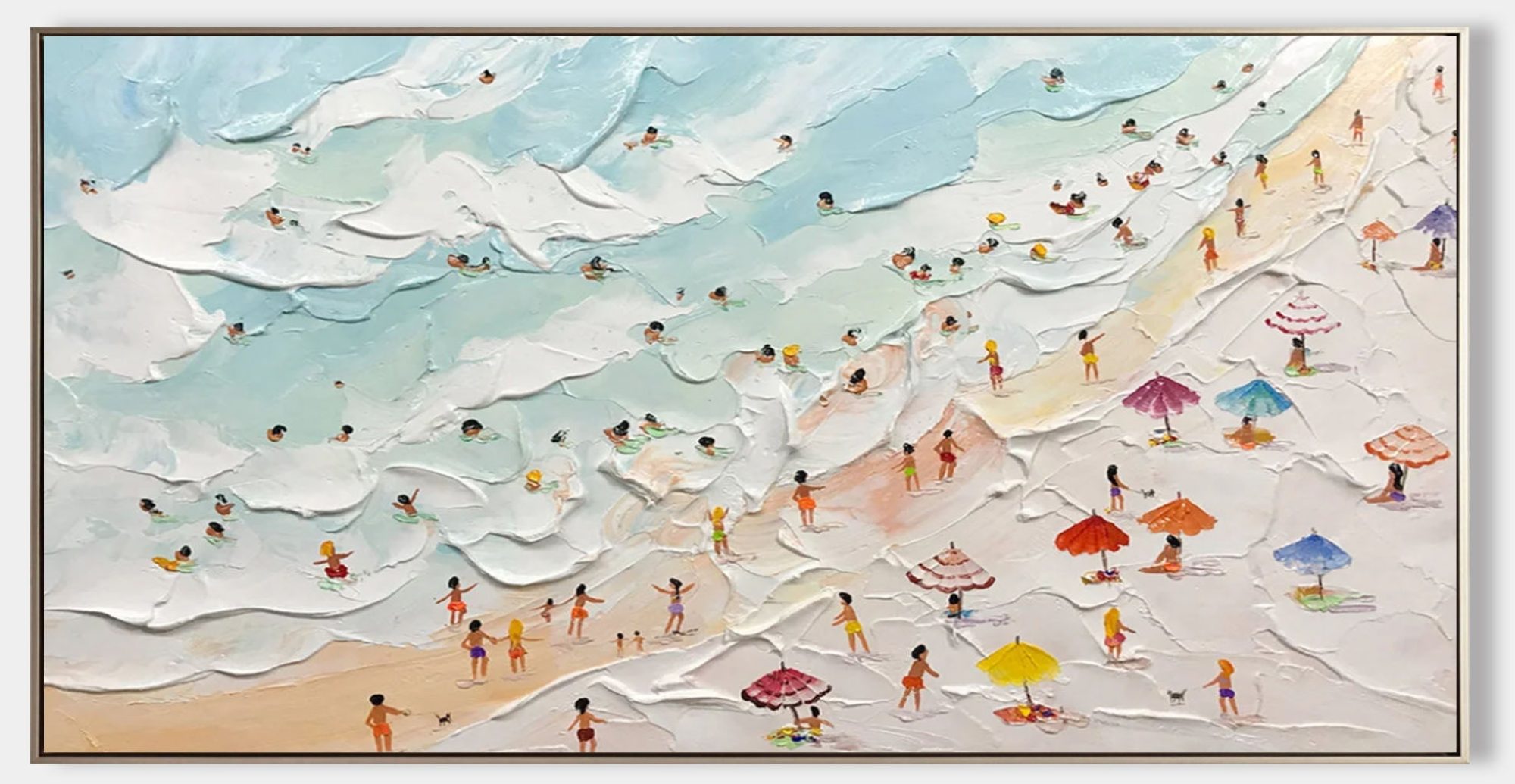In a world often fixated on precision and clarity, abstract oil painting dares to celebrate the ambiguous, the emotional, and the unspoken. Abstract art doesn’t ask to be understood in the traditional sense—it invites the viewer to feel.
The Beauty of Emotion Over Form
Unlike representational art, which depicts recognizable scenes or figures, abstract paintings rely on color, form, texture, and composition to evoke mood and sensation. A single bold stroke, a chaotic splash, or a calming gradient of blues can communicate despair, ecstasy, or peace more profoundly than words.
The true beauty of abstract oil art lies in its emotional honesty. It doesn’t hide behind literal interpretation. It encourages raw emotional connections between the artist and the viewer.
The Artist’s Inner World
For many abstract painters, the canvas is a personal battlefield or sanctuary. Through thick layers of oil paint and spontaneous movement, they express inner conflicts, revelations, or moments of stillness. It’s not just a painting—it’s a trace of the artist’s soul.
When viewing an abstract piece, you’re witnessing more than color theory or technique—you’re seeing an artist say, “This is how I felt.”
What It Inspires in Viewers
Because abstract paintings are open-ended, each viewer sees something different. That’s the magic. An abstract oil work can:
- Invite personal reflection
- Serve as a mirror for emotions
- Spark curiosity and imagination
- Offer a moment of meditative escape
This makes abstract art a powerful centerpiece in homes or workspaces that aim to be calming, inspiring, or thought-provoking.
How to Appreciate Abstract Art
You don’t need an art degree to enjoy abstract painting. Instead:
- Observe the mood it creates
- Notice the texture—thick brushstrokes, soft blending, or layered paint
- Pay attention to color—how does it make you feel?
- Let go of trying to “figure it out.” Just experience it.
Final Thoughts
Abstract oil painting is more than wall decor—it’s an ongoing conversation between emotion and imagination. It welcomes you in, asks you how you feel, and leaves space for your own interpretation.
